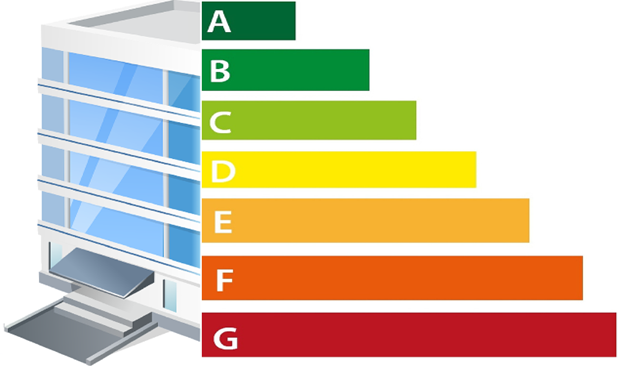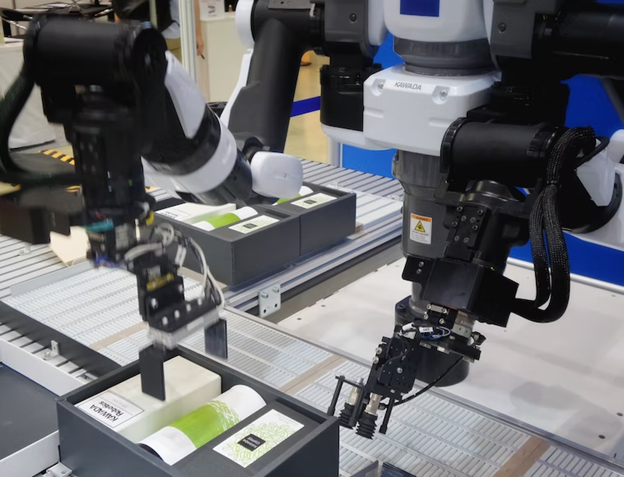What is Tool Tethering?
Working in elevated settings or tight spaces can present any number of challenges. In those situations, accessing tools isn’t quite as easy as you might like. The last thing you want or need is to drop one of your valuable tools.
Thankfully, there is a helpful tool known as a tool tether that can help. If you are looking to get a better grip on your tools in tight spaces, this is the guide for you.
What is Tool Tethering?
What are tool tethers? What do they even do in the first place? To put it simply, tool tethering is a good way of preventing your tools from being dropped or falling. Using a lanyard of some sort, tools can be attached and even attached to a fixed anchor point for heavier tools.
The system itself is pretty simple. Whether you need to keep safety glasses, power tools, or something else entirely within your reach, tool tethering can become invaluable. There is nothing quite like the peace of mind of knowing that your tools won’t slip and fall at any given time. It isn’t a complicated endeavor but will become a valuable tool to have in any elevated environment.

Breaking Down a Tool Tether
For the most part, your average tool tethering system has three vital components. There is the tether point where the tool connects and is held, the tool lanyard – a strip of fabric – and some sort of anchor point. This is preventative control at its finest and works to keep tools from falling or being dropped in places where they cannot be recovered.
Each component is vital to the overall system. As is the case with using a safety harness, it is important to check your tool tether before working in an elevated setting. Work or damaged tethers run the risk of breaking altogether, costing you the tether and the tool in one fell swoop. Take the time to inspect your tool tether.
Why to Tether Tools
There are some who would question whether there is a need to tether your tools. After all, there are a variety of preventative safety measures that help in elevated settings. After all, there are exclusion zones, toe boards, netting, and any number of PPE that make things safer.
As it turns out, there are several crucial reasons why to still tether tools in elevated work scenarios. Let’s check out each of the reasons:
Safety
Even the aforementioned measures don’t do enough to prevent potential injuries and even fatalities. Dropped objects are actually the third-largest cause of workplace fatalities not only in the United States, but the world as a whole.
It is such a simple, preventable thing that could have devastating consequences. Tether your tools to keep others in the area safe in the event of a potential drop and fall.
Cost-Effective
Tools are expensive these days. They are an investment, if anything, so you need to take proper safety measures to ensure that your investment is protected. Failing to tether your tools means dropping those expensive investments and having to replace them.
Having to replace those tools can be a major annoyance at best. At worst, it can be untenable because of the sheer cost. Keep those tools tethered.
Business Costs
As a business, it is imperative to have tools tethered for the aforementioned reasons and one other important reason: liability. If a tool falls on the job site and damages property or hurts a bystander, it can lead to potentially costly legal complications. Businesses should insist on tool tethers to protect against potential liabilities.



















